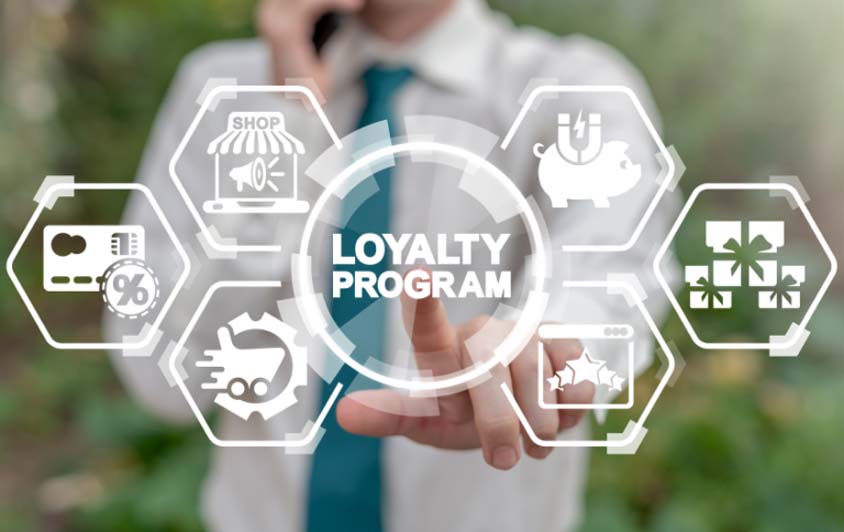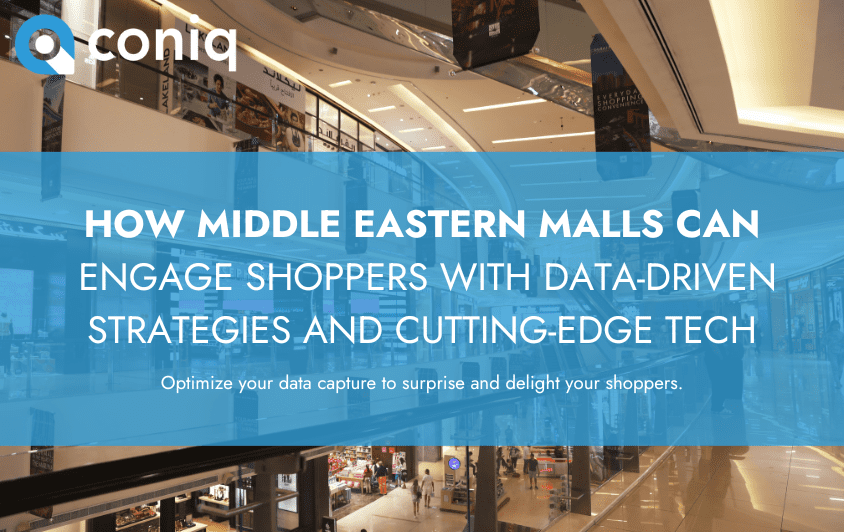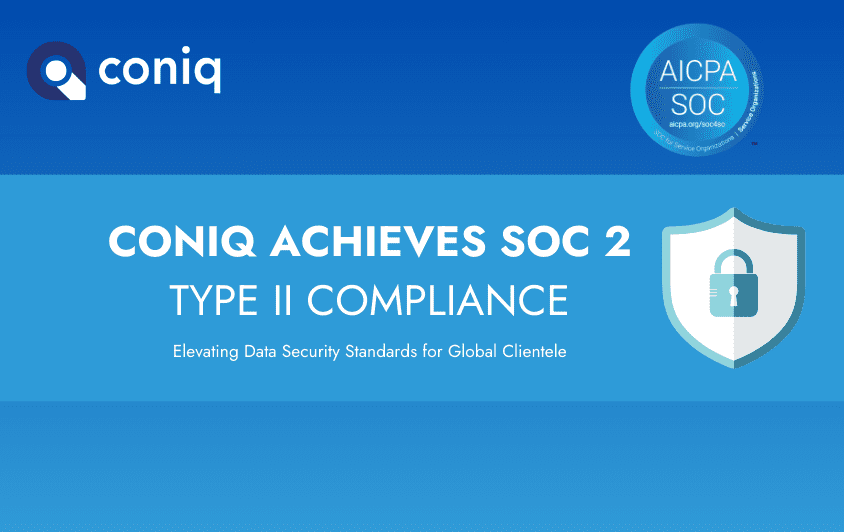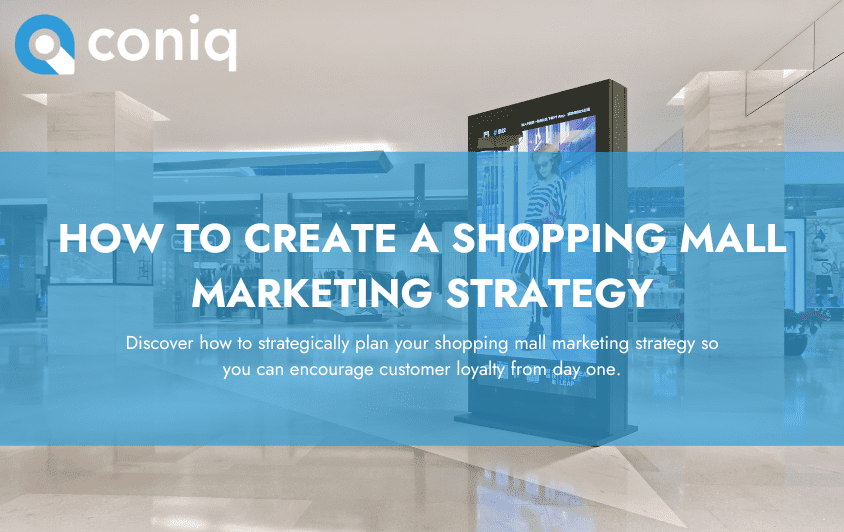‘United we stand, divided we fall,’ or so the saying goes. It stands to reason that there’s power in joining forces with like-minded businesses when looking at the most effective loyalty solution. But all is not as simple as it may seem. At Coniq, we develop both third-party loyalty programs and stand-alone (proprietary) loyalty programs across multiple sectors. Before we go any further, let us explain…
A third-party loyalty program also referred to as coalition loyalty, is a program that combines multiple businesses in a shared promotional currency. Typically, these types of programs are anchored by ‘pillar’ brands in key market sectors (grocery, banking, fuel, telco, department store, and specialty retail). By contrast, a proprietary loyalty program is brand specific. This article will cover why we believe there is a place for both kinds of loyalty. However, conditions for success in these environments can be very particular, so let’s discuss!
What makes third-party loyalty programs successful?
Put simply, the main attraction of third-party loyalty programs is the breadth of offering it provides customers. Usually anchored by an airline (e.g. AAdvantage; USA), Supermarket (Nectar; UK), or credit card (e.g. Amex Membership Rewards; global), these reward programs offer the chance to earn rewards across multiple businesses and industries. Common logic would suggest that a wider audience equals more customers and, therefore, a larger database to engage with, market to, and acquire. In fact, in the UK, Nectar and the British Airways loyalty program, Avios, have recently joined forces to expand the scope of their respective propositions.
What do all of these examples have in common?
A single owner makes most of the decisions about the program.
This is common across most well-known customer loyalty programs globally and is a trend that is accelerating. Flybuys in Australia is now owned by the supermarket Coles, Virgin Red in the UK is the loyalty home of the group’s brands, and Air Canada now owns Aeroplan. The exception to this rule is in the credit card loyalty space, where propositions are often closely aligned with the airline or retail loyalty programs.
The downsides of third-party loyalty programs
It’s all about the balance of power. It’s hard to align the objectives of various brands, often in competing industries. What’s suitable for the major telephone provider isn’t necessarily good for the ticketing marketplace. What drives profitable behaviors for a fashion retailer might not be a successful strategy for the online market.
Third-party loyalty is a matter of compromise. Inevitably, the player with the most influence over the decision-making process typically comes out on the right side of that compromise.
The success of a loyalty program is directly linked to the ability to engage with customers in a meaningful and personalized way. With a diverse customer set and competing messages, loyalty often successfully builds a transactional relationship with its members but struggles to form emotional connections. This is great when the offers are strong but doesn’t help sustain the long-term relationship.
Ultimately, even the most successful loyalty programs find it hard to deliver customer loyalty to the individual brands involved. Program “fanatics” often espouse the value of the scheme to their friends and families but only give a passing mention to the partner brands. Therein lies the challenge. To truly benefit from loyalty, you need to become synonymous with the program, which is much harder when competing with a range of other brands.
Why would you choose to go it alone?
Admittedly there are challenges with developing proprietary loyalty programs. Lead times can be longer, setup costs can be higher, and initial marketing efforts may be more intense. However, there are also a lot of benefits to this approach.
Firstly, with a stand-alone rewards program, you have complete control over the design and direction with the flexibility to make changes that suit your needs. Fashion retailers typically operate with higher margins (10-20%) vs. Grocery (4-8%) and F&B (2-6%) and may, therefore, be able to offer more valuable rewards to customers. With ownership over the customer loyalty program, you can determine the right reward level to offer your customers. This principle stands true across many decisions that otherwise might be difficult to come to a consensus on. To give you an idea, check out the examples below.
- How can and how often should you communicate with customers?
- What channels of communication should you prioritize?
- What type of brand image do you envisage for the loyalty program?
- How and when do customer points expire?
And so on…
Secondly, you have more control over ongoing costs. Third-party programs typically charge a % fee based on the number or value of transactions that go through the program and may have charges to cover overheads and/or a rate card. These costs can quickly stack up, whereas, with a proprietary program, it is much easier to navigate and manage these costs.
Thirdly, you set the objectives. Are you not getting enough new customers through the door? Set that as an objective and run more acquisition activities. Too much churn? Design your KPI and focus on customer retention. Small basket sizes or infrequent visits? Aim to increase ATV and annual transaction frequency (ATF) by implementing spend stretch or frequency campaigns. Critically, in a proprietary scenario, you own the data and can choose how to report, analyze and segment that data. Therefore your insights will be more helpful, usable, and tailored to your business.
Ultimately, any brand loyalty generated from the proposition benefits your business. And isn’t that the whole point of a loyalty program?
How should you make that choice?
At the start of this article, at Coniq, we believe there is a place for third-party and proprietary loyalty programs. It all depends on your circumstances when deciding which route is best for your business. To help with that decision, here are some things to consider:
| Proprietary Loyalty | Third Party Loyalty | |
| Acquisition | ★★★✰✰ | ★★★★★ |
| Brand Affinity | ★★★★✰ | ★★★✰✰ |
| Churn Reduction | ★★★★✰ | ★★★✰✰ |
| Customer Lifetime value | ★★★★★ | ★★★✰✰ |
| Low Frequency/High Ticket | ★★✰✰✰ | ★★★★★ |
| High Frequency | ★★★★★ | ★★★★✰ |
| Data Control | ★★★★✰ | ★★✰✰✰ |
| Tailored Customer Experience | ★★★★✰ | ★★✰✰✰ |
| Fixed Budget | ★★★★✰ | ★★★★✰ |
| Flexible Budget | ★★★★✰ | ★★★★★ |
Which type of loyalty fits best with your objectives?






